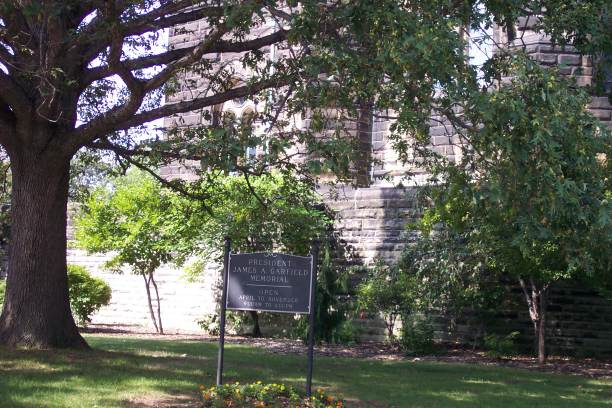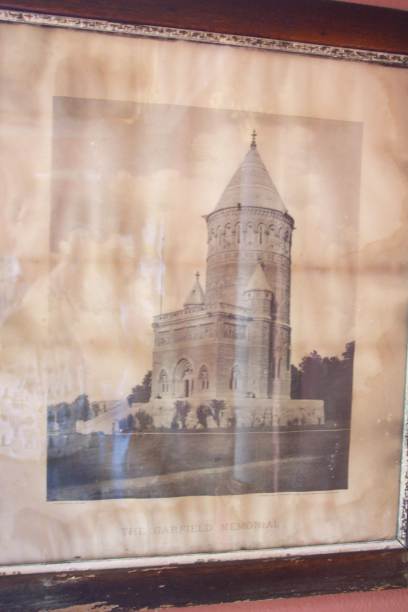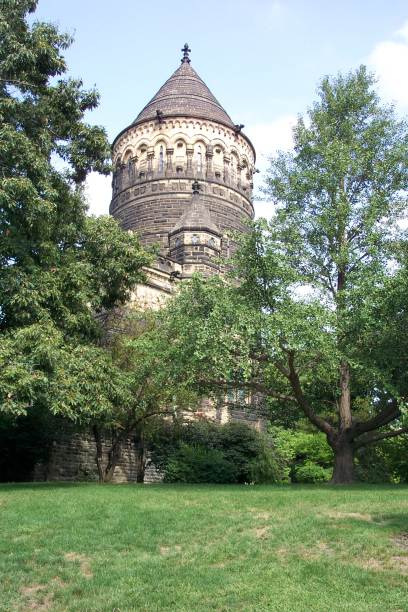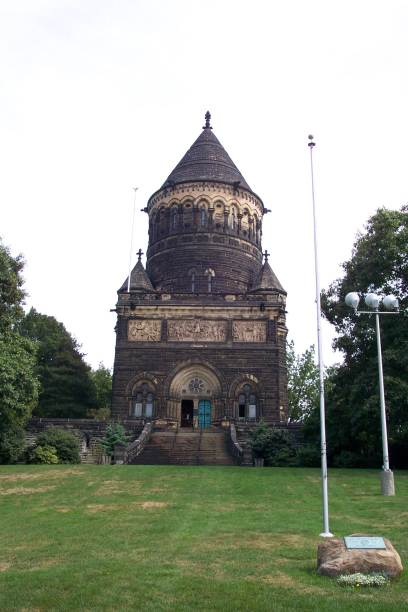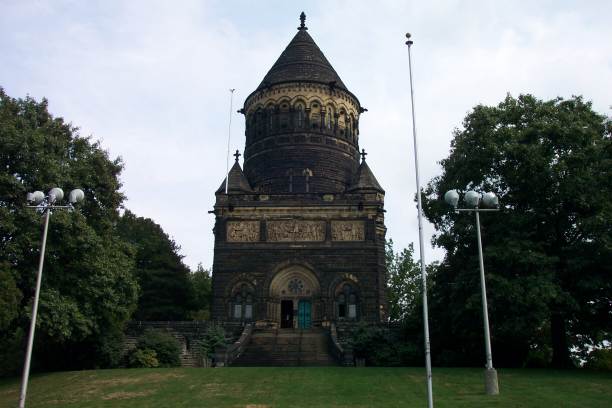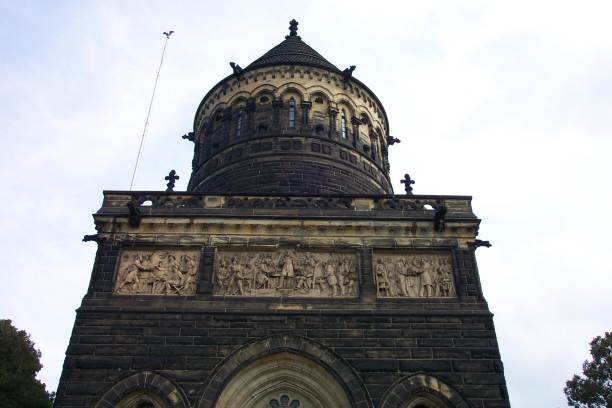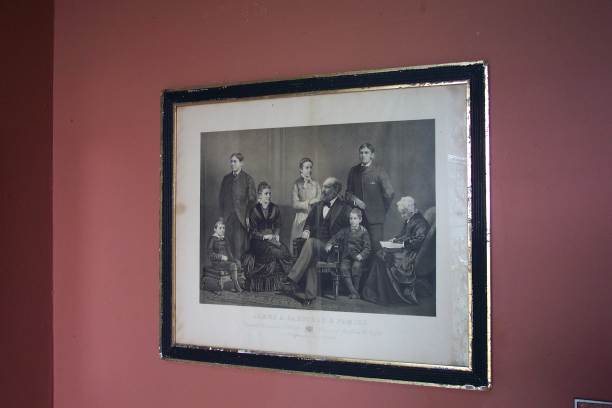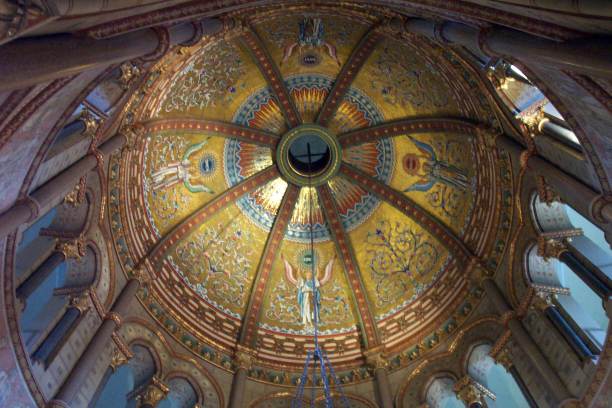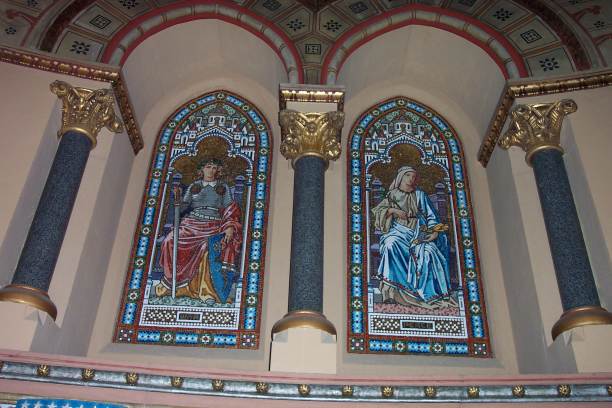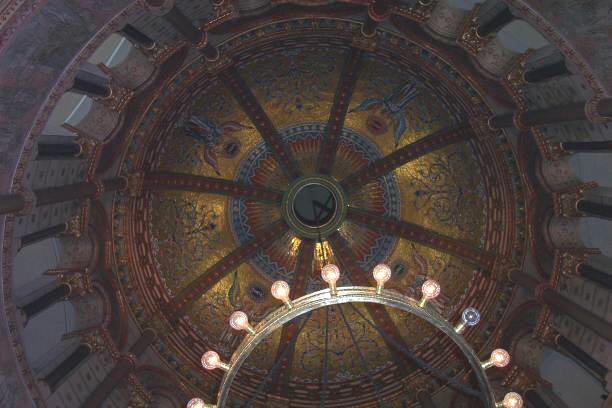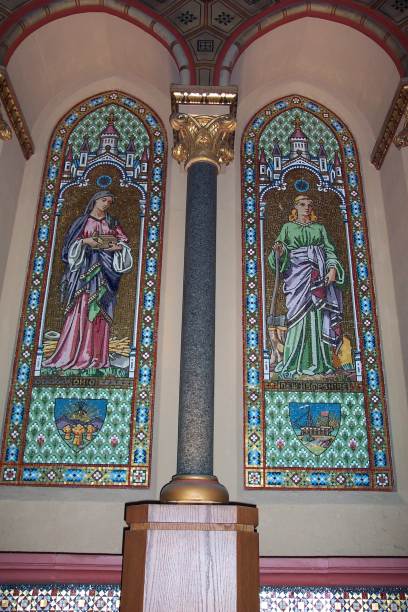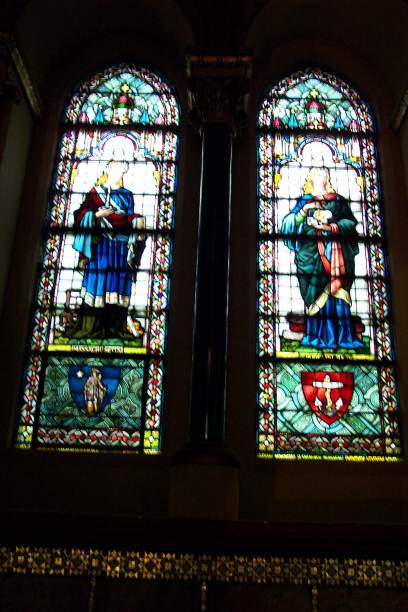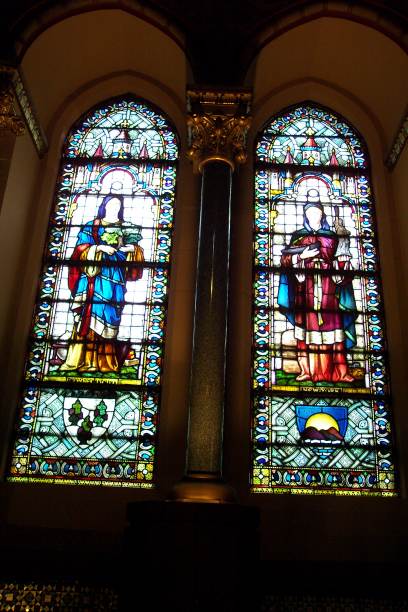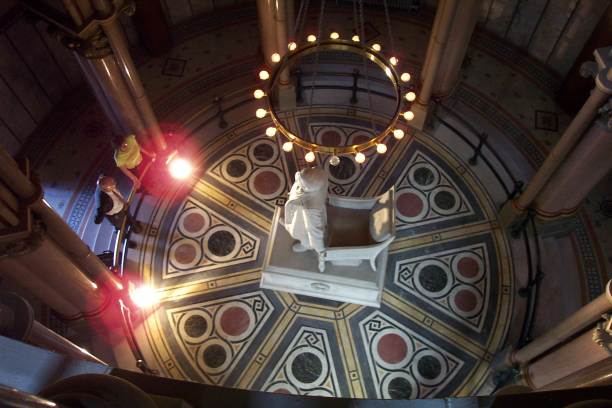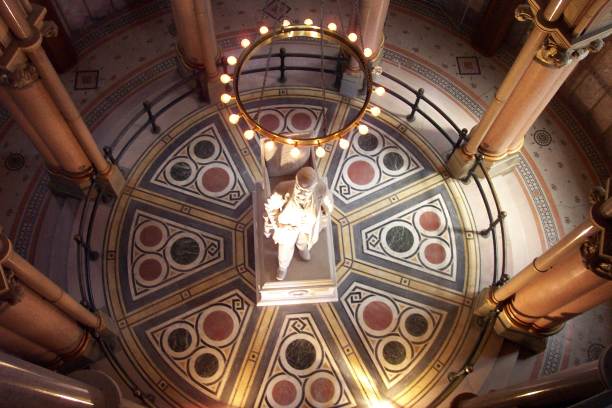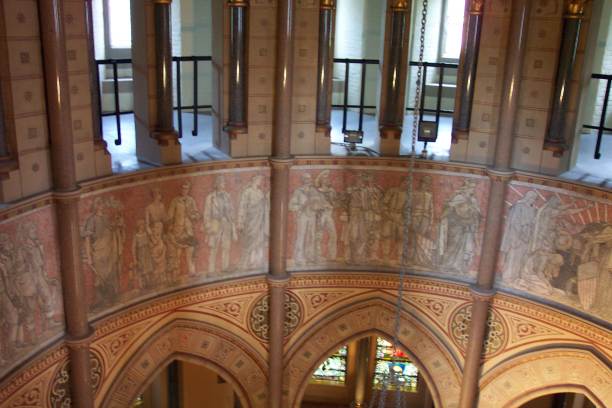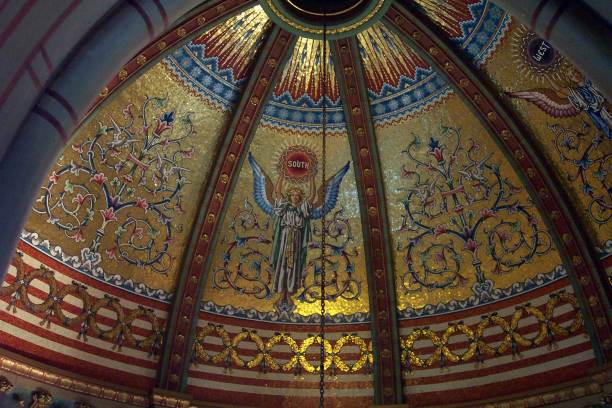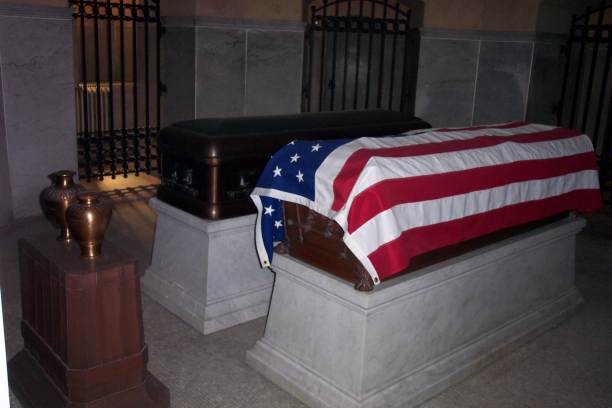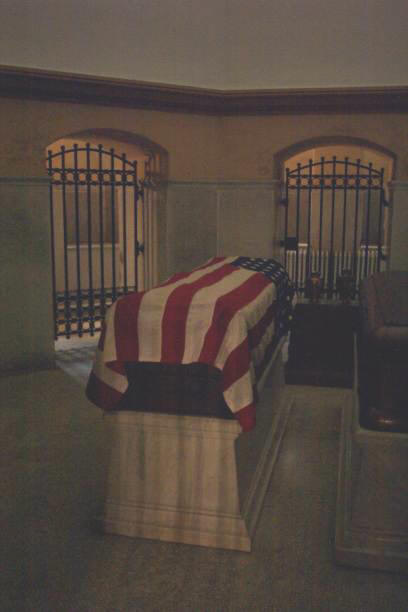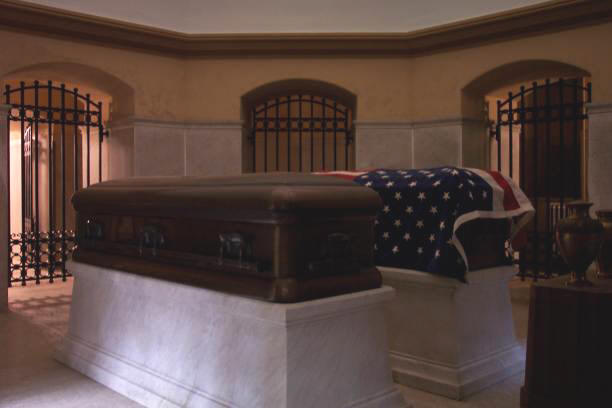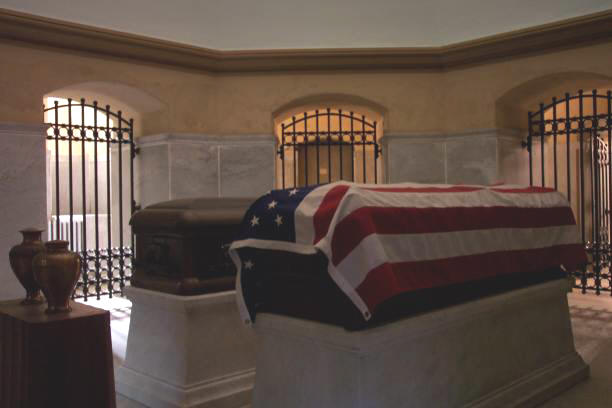James Abram Garfield
1831-1881
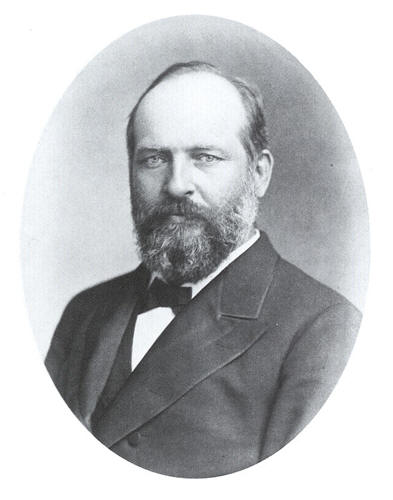
![]()
The Early Days Of James A. Garfield
And The Restoration Movement
No history of the Churches of Christ would be complete without at least, a brief sketch of James A. Garfield. The main facts of his life may be summarized as follows: Born November 19, 1831, in Orange, Cuyahoga county, Ohio: driver on the Ohio canal in the summer of 1848; taught his first school in the winter of 1849-1850; baptized by W. A. Lillie March 4, 1850; entered the Eclectic Institute at Hiram, Ohio, August 25, 1851; was student and teacher at Hiram from 1852 to 1854; entered Williams College July 11, 1854; graduated with honor from Williams College August 6, 1856; principal, professor and lecturer at Hiram from 1856 to 1866; began to preach while a student at Hiram, and continued to preach until he entered Congress, in 1863; elected to the Ohio Senate in 1859; entered the Union army in 1861; commissioned Brigadier General January 10, 1862; elected to Congress in October, 1862, and served continuously from December, 1863 until 1880; commissioned Major General September 18, 1863; elected United States Senator from Ohio in January, 1880; nominated for President of the United States June 8, 1880; elected President of the United States November 2, 1880; inaugurated President of the United States March 4, 1881; shot by an assassin, July 2, 1881; died at Elberon, New Jersey, September 19, 1881, at the age of forty-nine years and ten months. Between the extremes of his birth and death his progress was rapid and steady. He was less than twenty years of age when he came to Hiram, in 1851. He was strong, broad shouldered and substantial, with a large head and bushy, light-brown hair. His features were plain, but manly and sensible. For so young a man his character was strongly marked by unflinching principle and "illimitable common sense." He had in him the instincts of a, gentleman, though his manners were not polished or elegant. He was then, as always, polite and courteous, but his politeness and courtesy were matters of principle and not of policy. He was moved in his intercourse with men, not by the rules and regulations of the drawing room or exquisite society, but by the rules that are fundamental to a true Christian character. There was a genial, kindly look in his blue eyes, which every one felt who came in contact with him, and yet a certain dignity which always commanded respect; but on occasion his mild blue eyes "blazed like battle lanterns lit." During two terms at Hiram, to pay his expenses, he was janitor of the building, and he made the fires, swept the floors, and rang the college bell. His friendships were strong, easily formed, and long retained. To the end multitudes claimed his friendship and were enthusiastic in his praise.
His mental equipment was of the first quality, and his mind was buttressed by a sensitive conscience and a profound moral and spiritual nature. Intellectually nothing was too prodigious for him to undertake. In his studies he went to the bottom of things. His mind was of a logical cast though in his analysis of questions he rarely ever used the syllogistic machinery laid down in the books; but facts were sought after and used with wonderful skill and almost endless patience. So careful was he in his search for facts that when finally presented in speech or on paper it was a rare man who disputed them. This habit of careful study of all questions in which he became interested either by his relations to individuals, society, or to religious and political bodies, was with him to the end.
The religious feature of his life was as marked as his intellectual ability was prominent. He became a Christian when but little past his eighteenth birthday. He was baptized by William A. Lillie, whose name is yet honored on the Western Reserve, in Ohio, as a preacher of ability, and a man of gentle, Christ-like spirit, and from the time he entered the church until he died, his heart was faithful to his early vows.
In the early days of the Churches of Christ on the Western Reserve--and probably this was true elsewhere--it was not a difficult thing for a young man to enter the ranks of the disciple ministry, if he was a Christian, had fair gifts of body and mind, knew the alphabet of the gospel of Christ, was willing to study and had a desire to preach, he was encouraged to preach. Very few of the early disciple preachers ever "studied for the ministry," or were ever "ordained" to the ministry, in the modern, ecclesiastical sense of those terms. Hence in the commonly accepted sense he was never a preacher or minister; but this may also he said of hundreds of other preachers in the Churches of Christ, at that time, before and since. He did, however, "preach the Word." He did hold "revival" or protracted meetings and often with great success. In Hiram, in 1858, where he did most of the preaching there were thirty-four additions; in Newburg, the same year, twenty additions, and more or less, wherever he preached. He did baptize people on the confession of their faith. He married people, and oftentimes he stood by the caskets of the dead, and at their graves, and uttered words of comfort to the living and of committal for the dead. In short, he did, on occasion, everything that is required of a minister of the gospel. His first sermon in Hiram, and probably his first sermon any where, was in the winter of 1853-4. One who heard that sermon has briefly described it as follows: "One Sunday morning Elder Symonds Rider, who was the preacher in Hiram in those days, was sick and unable to be present. Two sermons were desired, and after a little consultation Mr. Zeb Rudolph, the senior elder, announced that Mr. Garfield would preach in the morning and Mr. Charles C. Foote in the afternoon. This arrangement was carried out. Mr. Foote choosing "Life" for his subject, and Mr. Garfield "The First and Second Comings of Christ." In beginning, Mr. Garfield drew a most startling historic parallel--so it seemed to those who heard the sermon--between the first and second coming of Napoleon Bonaparte and Jesus Christ. With great vividness he sketched the life of the great Napoleon, from the time he entered the military school in Paris, in 1784, an unknown youth, to the time when all France gathered to receive the remains of the dead conqueror, who under the flag of the empire, whose glory he sought on so many battle fields, was entering the gates of the city once more. He then turned and traced the history of Jesus Christ, from the manger, in the village of Bethlehem, until he took his departure from the mountain in Galilee to heaven, where he should reign until every enemy was subdued and then he would come again, not as the babe, in helplessness, nor as the man of sorrows, but as Him whom the armies of heaven followed, and whose name written on vesture and thigh is "King of kings and Lord of lords." At the conclusion of his sermon the attention was intense and the stillness most profound, and from that time onward until he ceased to preach, no one heard him without great pleasure."
In 1857 Mr. Alanson Wilcox heard him on "The Material and the Spiritual." Full notes of that sermon have been published. His text was, "It is expedient that I go away; for if I go not away, the comforter will not come unto you; but if I depart, I will send him unto you." (John 16:7). It was a strong sermon, in which he developed the following propositions:
"1. It was expedient that he should
go away for the spiritual growth or faith of the disciples.
"2. It was expedient for Christ to go away that he might become universal.
"3. Though eighteen hundred years have passed, it is expedient for us that
Christ went away and sent the Comforter."
In conclusion he said: "Men are tending to materialism. Houses, lands, and worldly goods attract their attention, and as a mirage lure them on to death. Christianity, on the other hand leads only the natural body to death, and for the spirit, it points out a house not built with hands, eternal in the heavens. Christianity teaches that the converted are to receive the Holy Spirit. That they are sealed by it and changed by it into the image of God. To assist men in understanding the spiritual, a few material ordinances are still needed. Baptism, as an ordinance derives its efficacy from God. Jesus commanded it. It brings the trusting soul into the death of Christ. Its ends are spiritual good, and it shows to men and angels that the man's spirit is obedient to the will of Christ. The Lord's supper is an ordinance through which our weak conceptions can be raised up to the spiritual Christ. In this simple 'in memoriam' we not only declare our faith in the Christ of the past but in the present, who is alive forever more. Let me urge you to follow Him, not as the Nazarene, the Man of Galilee, the carpenter's son, but as the ever living spiritual person, full of love and compassion, who will stand by you in life and death and eternity."
In August, 1860, Alexander Campbell, then seventy-two years old, and James A. Garfield, then twenty-nine years old, met at the yearly meeting of the disciples, at Alliance, Ohio. On Sunday Mr. Campbell preached in the morning and Mr. Garfield in the afternoon. Mr. Robert Moffett, who was present, has preserved a very clear and definite idea of Mr. Garfield's sermon on that occasion. His subject was "Life and Light," based on John 1:4 and Matt. 5:16. These outlines are preserved in full in "The Life of Garfield," by F. M. Green. Hearing Alexander Campbell, on one occasion, preach on the theme, "What Think Ye of Christ," Mr. Garfield said, "It was worth a journey of a thousand miles."
The pulpit took a strong hold on his mind, and in some of his early letters written to intimate friends, the foundation is laid for the belief that he would make preaching his chief work in life. No doubt he would have achieved high distinction as a preacher, but his genius drew him to the state by its very bent, as any one can see. His life was full of interest and a sketch can hardly touch its rim. His religious life is of most interest in this place, and his affection for the great disciple brotherhood remained unshaken to the last.
-F.M. Green, James A. Garfield, Churches of Christ, edited by John T. Brown, 1904, pages 412-414
![]()
Two Civil War Generals: R.M. Gano & James A. Garfield
by Jerry Rushford - At Faulkner University 03.2015 - .mp3
Two Civil War Generals: R.M. Gano & James A. Garfield - Presentation
by Jerry Rushford - .pdf
![]()
Johnny Cash Song On The Assassination Of J.A. Garfield
![]()
Directions To The Grave Of J.A. Garfield
From Akron: James A. Garfield is buried in Cleveland, Ohio in the Lake View Cemetery. It is located in the East Central part of downtown Cleveland. Traveling on I-77 (main interstate leading North from Akron) go to downtown Cleveland to its end. Take I-90 north to Exit 173b. Turn right and take the first street to the right, E. 30th St. Go one block and turn left on Hwy. 20 (Euclid Ave.) Continue heading east on Euclid about 4 miles. The cemetery will be on your right. Click On the map of the cemetery showing the grave location of James A. Garfield Here! While in the cemetery be sure to also visit the grave of a well-known minister and personal friend of President Garfield, Robert Moffett. While visiting the cemetery, be sure to visit the graves of famous American's John D. Rockefeller, Eliot Ness.
From Youngstown: James A. Garfield is buried in Cleveland, Ohio in the Lake View Cemetery. Take Hwy. 422 into Cleveland. Take I-271 north to Exit 34 (Mayfield Heights Rd. Hwy. 322) and turn left (west). Go about 7 1/2 miles through Lyndhurst and Cleveland Heights and the cemetery will be on your right. Click On the map of the cemetery showing the grave of Robert Moffett Here! While in the cemetery be sure to also visit the grave of a well-known minister and personal friend of President Garfield, Robert Moffett. While visiting the cemetery, be sure to visit the graves of famous American's John D. Rockefeller, Eliot Ness.
![]()
Lake View Cemetery Association
12316 Euclid Avenue
Cleveland, Ohio 44106-4393
Entrances from Euclid Avenue and Mayfield & Kenilworth Roads
Telephone: 216-421-2665
Park is open from 7:30am to 5:30pm
For further Info: See Their Website at
http://www.lakeviewcemetery.com
![]()
GPS Location
41°30'36.2"N 81°35'29.9"W
or D.d. 41.510044,-81.591629
22 Ft. Accuracy
Grave Faces North
Section 15
Garfield Road
Near The Mayfield Road Entrance
![]()
Entrance To Lake View Cemetery
![]()
Picture Of Garfield Memorial When Newly Built
![]()
Sculpture Above Entrance To Garfield Memorial -
Click On Picture For Full Sized Print
![]()
Entrance To Memorial
Garfield Family Portrait
![]()
![]()
The Sepulcher Holding The Bodies Of President
And Mrs. James Abrams Garfield
The Garfields Are The Only Past President and
First Lady Not To Be Entombed
![]()
Two Civil War Generals: R.M. Gano & James A. Garfield
by Jerry Rushford - At Faulkner University 03.2015 - .mp3
Two Civil War Generals: R.M. Gano & James A. Garfield - Presentation
by Jerry Rushford - .pdf
![]()

